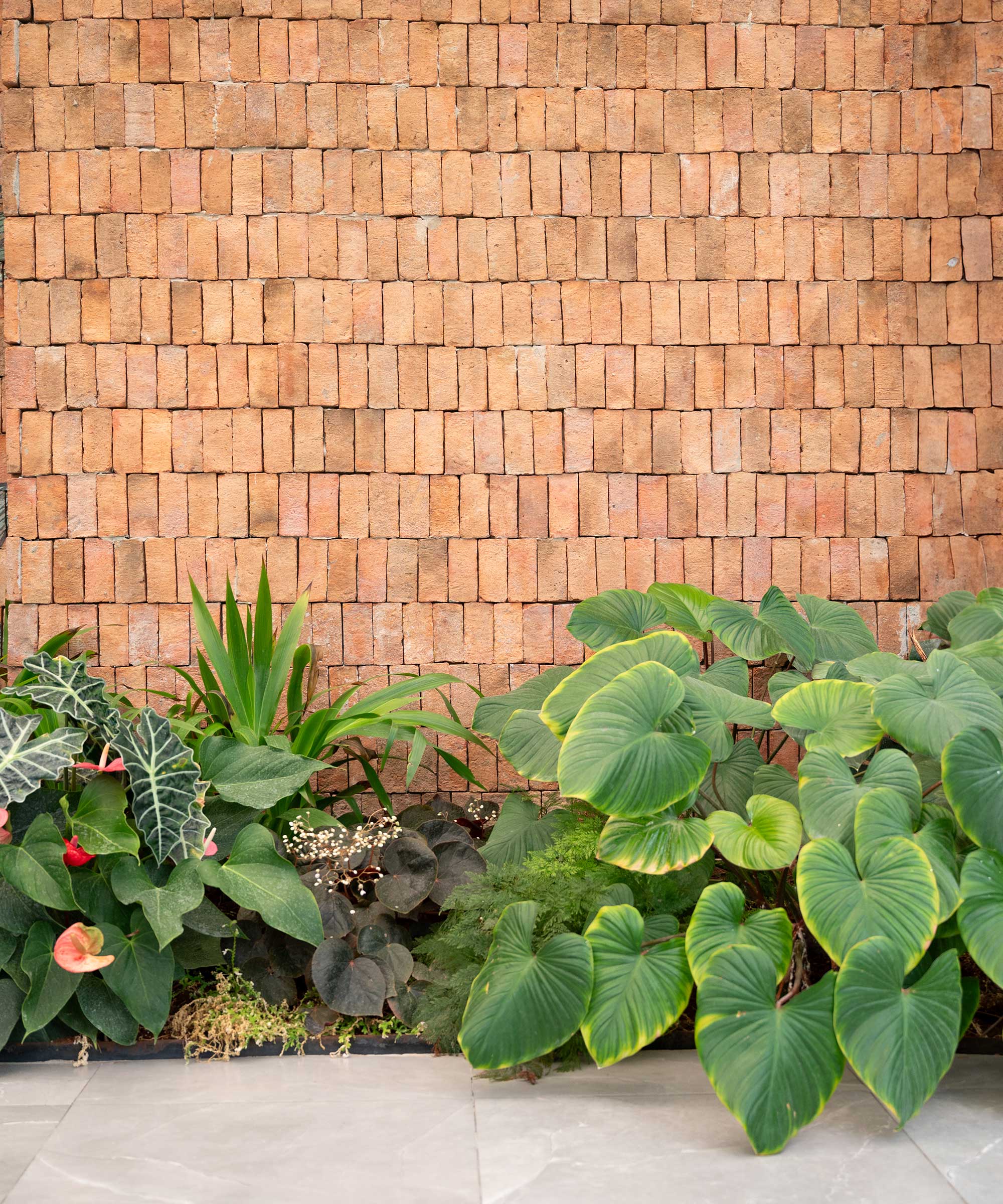
We only need to look back a few months, to the January fires that engulfed areas of California, to see the terrible impact such events have on communities. Sadly, this was not a one-off incident: wildfires in the state have increased, both in terms of frequency and severity over the last few years. It’s not just in California, either – according to NASA, extreme wildfire activity has more than doubled across the globe. With this in mind, steps to make homes safer are paramount.
In an effort to increase home protection within California, new firescaping regulations are currently in development, and are due to be finalized at the end of 2025. These will specify what can and cannot be included in the five-foot perimeter, also known as Zone 0, around a home. The idea is to clear the area from flammable items, with wooden fences and gates attached to homes expected to be included in the list.
The new Zone 0 regulations won’t apply to every part of the state, but if you live in an area where fires are a risk (wherever that may be), it’s still worth rethinking wood and researching non-combustible fences to help keep your home protected. To help you consider your options, you’ll find plenty of expert advice below, including tips from California-based landscape designers and a wildfire mitigation expert.
Switching wooden fences for metal

Chris Schneider of Oldcastle APG highlights how many municipalities are now requiring material that is more fire-resistant on the exterior of structures, to help limit the devastation from wildfires. However, he notes that a property’s perimeter is often overlooked.
‘Many people enjoy the safety and security of a fence surrounding their yard, but they may not know some of the other potential benefits of choosing specific materials,’ Chris says.
‘When considering fire-resistant fence options, especially in light of new fire safety regulations such as California's Zone 0, material selection is key to enhancing property protection without compromising style or functionality.’
Metal (aluminium or steel) fences and gates are perhaps the most obvious non-combustible options. Laura Osteen, landscape designer of San-Francisco-based company Secret Garden Landscapes, says they have been using aluminium ones that come in various colors and wood-like graining.
She highlights how they’re very durable and long-lasting, and provide opportunity for customization – not only in terms of color but also in how the panels are oriented. ‘It allows us to make more modern fences with a horizontal planking layout,’ she adds.
‘I think the biggest drawback is the cost,’ Laura continues. ‘It is much more expensive to use this type of fencing and only a small portion of fencing companies are starting to use it.’ She also notes the added shipping costs and potential tariffs – ‘it can get costly just to get the material’.
When designing for the Zone 0 area, Laura says they try to use the panels rather than the gates, as the former are much cheaper. ‘However, this is not always possible if side yards are not large enough.’
Top tip: Despite steel and aluminium fences being non-combustible, Chris warns against picket designs. He explains that they don’t create a firewall, which means a fire can move through the pickets.
Other non-combustible options to define boundaries

Other options to consider include concrete, masonry, or cinder block, lists Ivan O’Neill, the co-founder and CEO of Madronus Wildfire Defense which serves all of California. All of these types of backyard wall can work well in modern schemes.
‘Fiber cement siding can also be used as fencing,’ adds Sacha McCrae, founder of Living Gardens Landscape Design. ‘Hardie Board is a blend of fiber, cement, and sand and is non-combustible.’
Fiber cement panels can be combined with metal posts and rails, notes Ivan – ‘There are manufacturers who make kits for the posts and frames and let a homeowner or contractor choose the panelling to use, which can be corrected metal or another non-combustible material,' he says.
While combustible fences directly attached to homes are crucial to address in fire risk areas, Ivan also points out that replacing parallel fences with concrete, masonry, cinder block, or metal ones has the advantage of creating a radiant heat barrier between neighboring homes.
‘This can prevent risk of house-to-house urban conflagrations like that seen in the LA fires or Coffey Park in Santa Rosa, CA, during the Tubbs Fire (2017),’ he says.
FAQs
Is vinyl fencing non-combustible?
While vinyl fencing may seem like a safer alternative to wood, proceed with caution, particularly if Zone 0 regulation compliance is necessary. ‘Fencing manufacturers like to market composite wood or vinyl as Class A-rated; however, they are combustible and do not meet the Zone 0 requirements for insurers and the CA Board of Forestry that are drafting the state rule,’ warns Ivan. ‘Anything that uses plastic or wood will not meet the requirement.’
Can I switch a wooden fence for a hedge or a wall of privacy plants?
Plants can be useful in creating backyard privacy. However, they can pose a fire risk, and it’s anticipated that most will be prohibited from Zone 0 in the finalized regulations. Rather than using them to replace fences adjoined to your home, stick to non-combustible options. For extra security, consider using fire-resistant plants across the rest of your yard, too.
‘While the best course of action during an active wildfire is always to heed evacuation orders and guidance from local authorities, integrating non-combustible fences is an important step in building a resilient, fire-ready property,’ says Chris. ‘With regulations like Zone 0 gaining momentum, proactive choices in fencing materials are more essential than ever.’
Of course, it may be wise for California residents to wait until regulations have been finalized before updating or installing fences, to ensure new choices comply – but it’s certainly something to bear in mind over the upcoming months.







